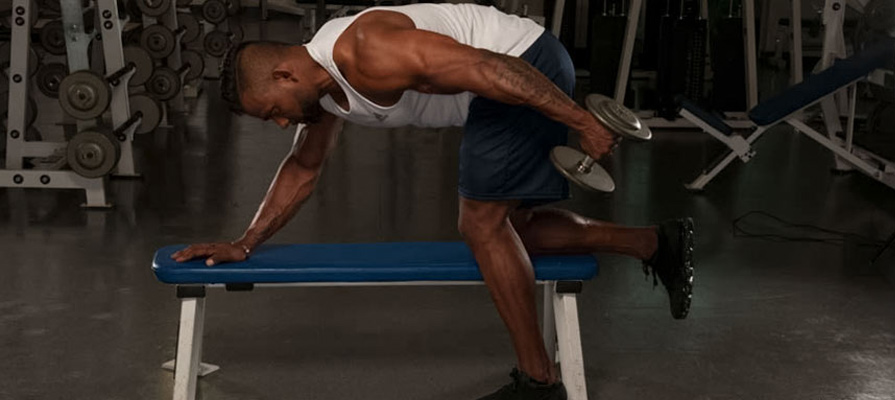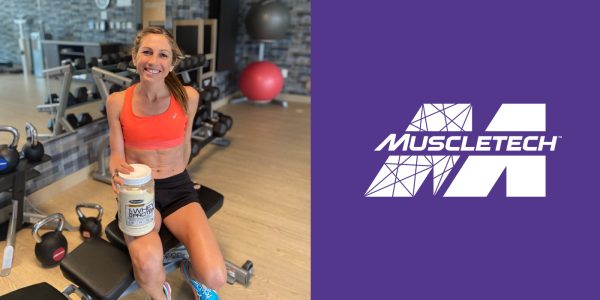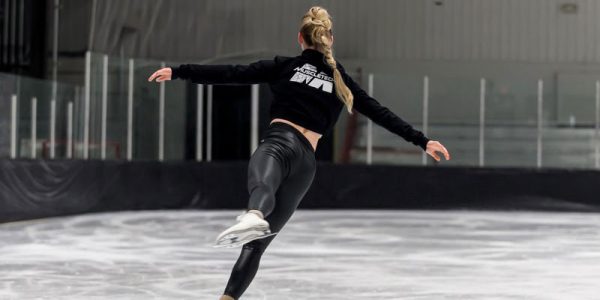Who hasn’t seen one of those hilarious YouTube videos in which a newbie invents a new exercise by doing something incredibly wrong with a piece of gym equipment. We call them gym fails, and if there’s one thing we’ve learned in today’s age of smartphones, it’s that you don’t want to be starring in one.
Of course, no one intentionally does an exercise wrong. But there are any number of common mistakes even more experienced trainers continue to make, which not only diminish your training results but also increase your risk of injury. We’ve collected and documented the eight most common mistakes, some of which you may be making without the slightest hint you’re doing something wrong. Consider this your chance to fix those blunders before someone focuses their camera on you!
#1 Dumbbell Kickbacks: Dropping Your Elbow
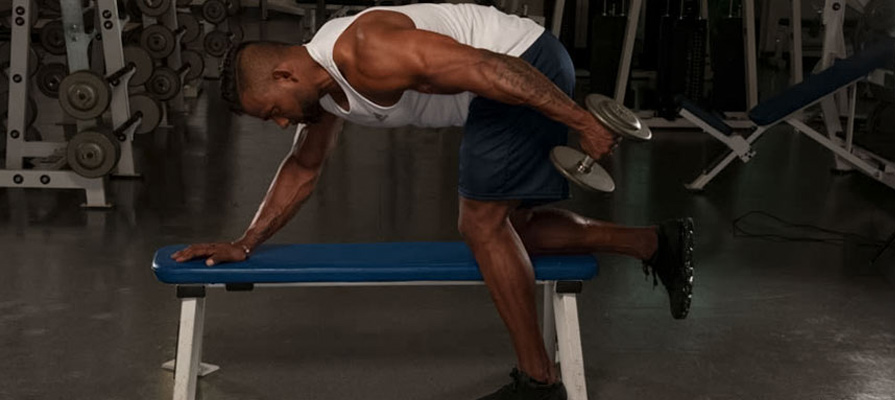
The Blunder: Kickbacks are a common elbow-extension triceps movement that requires your elbow to be pinned by your side throughout the motion, which most effectively isolates the triceps. More commonly though, you’ll see the working-side elbow drop during the motion on the eccentric rep. Not only does this compromise the nature of the single-joint movement by recruiting the rear delts – after all something has to work to drive that elbow back up – but also dropping the elbow all too often means the trainer pushes the weight too far forward during the eccentric such that when they reverse direction, they’re pushing with gravity instead of against it, at least initially. That’s a great way to generate momentum.
The Fix: In the bent-over position, lock your elbow beside your torso so that your upper arm is roughly parallel to the floor. Hinge at the elbow, but don’t allow it to break any further than about 90 degrees at the bottom of the rep. Your forearm should be pointing directly toward the floor at this point. Watch yourself in the mirror if you’re having trouble getting this, as many lifters are completely unaware of their compromised form.
#2 Shrugs: Tilting Your Head Down
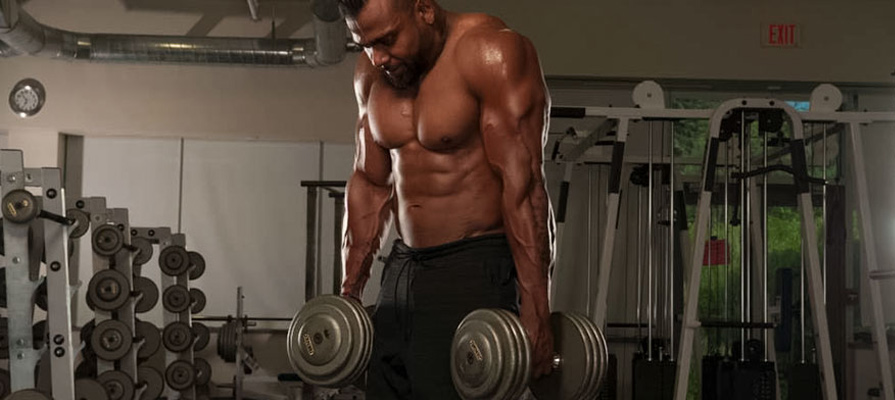
The Blunder: Despite its very small range of motion, there are many different ways to screw this family of exercises up. We’ll mention a few here but the one we really want you to focus on is dropping your head when lifting very heavy. You’re probably not even aware of it, but when your head drops your cervical spine rounds – and you’re holding on ton of weight that’s transferred right into your upper spine. You magnify the risk of a career-ending disc injury, which probably seems remote, but that’s exactly what happened to me. It took years to recover.
While we’re talking shrugs, let’s point out one common mistake: rolling your shoulders. The upper traps work in the straight up-and-down plane.
The Fix: To focus on keeping your cervical spine in proper alignment, always keep your chin leveled with the floor. If you have a mirror, look back at yourself in the mirror and be aware of tendencies to look downward toward the end of your set.
As for working your upper traps most effectively, simply elevate your shoulders directly toward your ears in a straight up and down. Exaggerate the lowering phase and restrict the movement to this pathway.
#3 Romanian Deadlifts: Incorporating Elements of the Conventional Deadlift
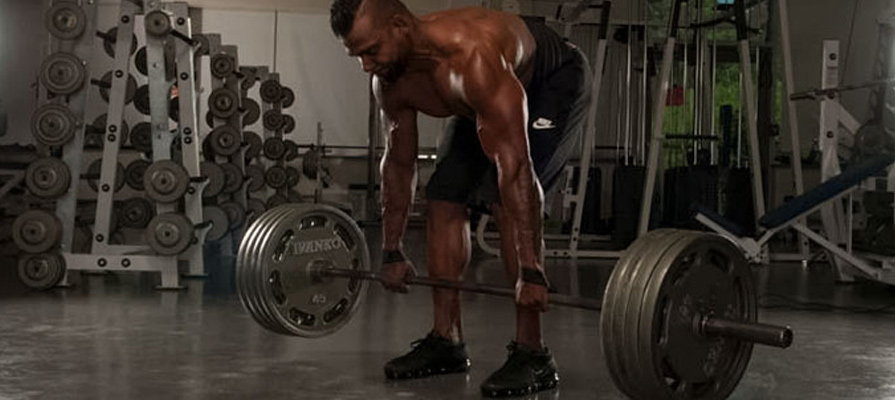
The Blunder: While the Romanian (RDL) and conventional deadlifts share a name, they’re very different movements. The problem arises when a trainer unknowingly integrates elements of each exercise into a hybrid movement. The result is not only far less effective, but conceivably could pose risks to spinal health. What you commonly see is a guy who bends over with a heavy weight but allows it to rest on the floor.
The Fix: First, understand the conventional deadlift is a multi-joint exercise in which the bar starts on the floor, while the RDL is a single-joint move in which the bar starts at the top (in the contracted position). With the RDL, you bend over at the hips, jutting your butt backward as the load pulls your upper body downward. Here you should never reach the floor – depending on flexibility, stop the movement at about shin level. You should feel the eccentric rep in your upper hamstrings and glutes. Do this exercise with hamstrings.
With the regular deadlift, you don’t bend over but rather descend into a half-squat position, and this position allows the bar to settle on the floor because you’re now closer to it. This version requires you to get your butt down lower, which better engages the leg musculature.
#4 Internal and External Rotations: Wrong Equipment
The Blunder: This is an incredibly common error as guys usually warm up their shoulders and rotator cuffs before a big upper-body workout. It’s a great idea in theory to warm up your rotators cuffs, a thin group of four strap-like muscles in the shoulder that includes the supraspinatus, infraspinatus, teres minor and subscapularis. But standing and holding a dumbbell and waving it around is just a complete miss. My physical therapist calls it an isometric biceps curl – that’s just how far you’re off!
The Fix: To work your rotators, the line of pull must come from across your body. But when you’re standing, gravity is pulling the weight straight down. So instead of using a dumbbell, adjust a pulley so the line of pull is coming directly across your body at elbow height (the elbow is bent 90 degrees during execution), or use elastic tubing tied to a stationary object. With your elbow tight to your side acting as a hinge, pull to your outside to work the external rotators, and reverse body position and pull across your body to work the internal rotators. Go for very light weight and high reps on these. For those who still want to use a dumbbell, try lying on a bench.

#5 Lunges: Taking Too Short a Step
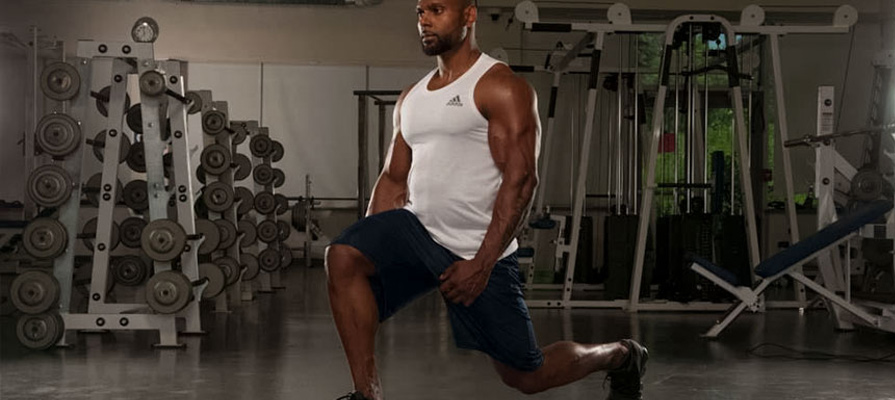
The Blunder: You’ve heard the back-and-forth about the knees passing an imaginary line that comes up from your toes when you lunge (or squat, for that matter), and how it’s bad for you. Actually, for most people in good health, it’s perfectly fine. But that doesn’t mean there aren’t considerable shear forces acting on the knee that are amplified when your knee passes well over your toes, a result of taking a short step (or even putting your feet low on a leg-press and hack-squat platform).
The Fix: Even if you have perfectly fine knees now, it’s a good habit to start taking longer steps now to reduce knee stressors. It’s just one of those good habits to learn before many years of training eventually start taking a toll on your joints.
#6 Cable Crossovers: Pressing Your Flyes
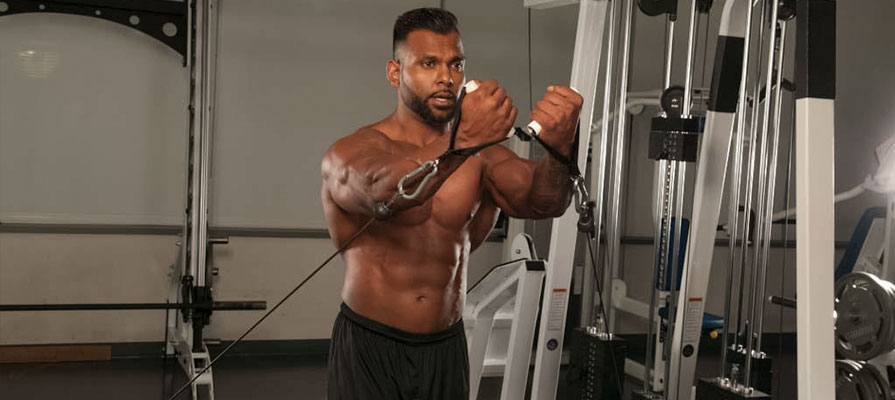
The Blunder: Crossovers are a single-joint exercise for the pecs, but sometimes trainers will do them like a press. That may seem perfectly natural, given it’s much easier to press the weights than do this as a single-joint movement. You can tell by watching the elbows: If they close and open up, similar to how you do bench presses, the triceps are recruited into the movement. (Elbow extension = triceps engagement.) This turns the exercise into a multi-joint one.
That’s not a problem per se, but if you’re pressing it’s better to be supported on a stationary bench (incline, decline, flat bench) to move the most weight for the most reps. Cables are best used on chest day for isolation work.
The Fix: Rather than extending your elbows during the movement, instead lock them in about a 135-degree bend (halfway between 90 degrees and one in which your arms are perfectly straight). Hold this arm position for the duration of the set. If you’re unsure, watch your form in the mirror.
#7 Pulldowns and Cable Rows: Leaning Excessively Forward and Backward

The Blunder: Momentum can kill muscle gains, which is why it must be controlled. On back day, you commonly see trainers seesawing forward and backward at the waist during both pulldowns and cable rows. Unfortunately, such practice draws in the lower back, which isn’t a targeted muscle group on these movements. That can take emphasis off the intended target area and also make the motion easier.
The Fix: Maintain an upright position throughout each rep, keeping forward or backward lean to a minimum – no more than about 10 degrees. This keeps the muscular stress more effectively on the upper lats and middle-back muscles.
#8 Biceps Curls: Pulling Your Elbows Forward
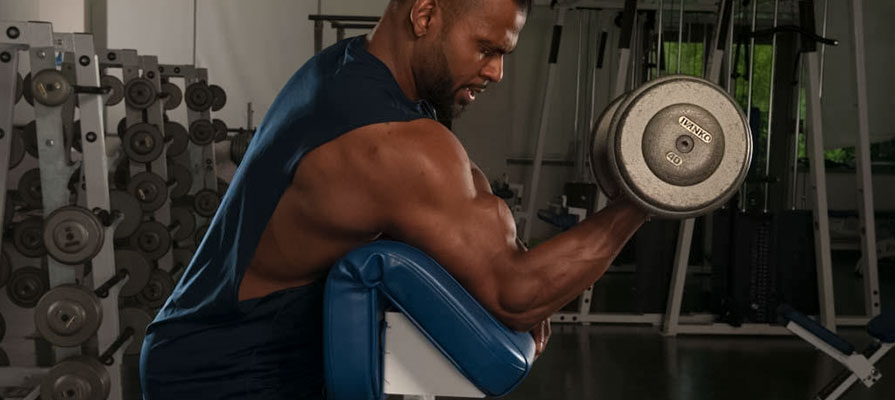
The Blunder: We’ll finish with a common curling mistake that you see on just about any biceps move. If you’re not aware of it, most likely you’re already committing it.
We all want to raise a weight as high as possible to ensure full range-of-motion training. But when that means unlocking the elbows from their position at your sides, you’re now recruiting the front delts into the motion. This effectively turns a single-joint biceps exercise into a multi-joint movement with more than a single muscle group, which by now you’ve probably noticed is a common theme. What’s more, with your hands directly stacked above your elbows at the top position, you get a nice little resting spot, taking tension off the muscle in the peak-contracted position.
The Fix: Easy enough, simply lock your elbows by your sides for the duration of the set. Just stop the upward motion of each positive rep when you can no longer maintain this arm position, which for most people is about shoulder level.
By Bill Geiger, MA


